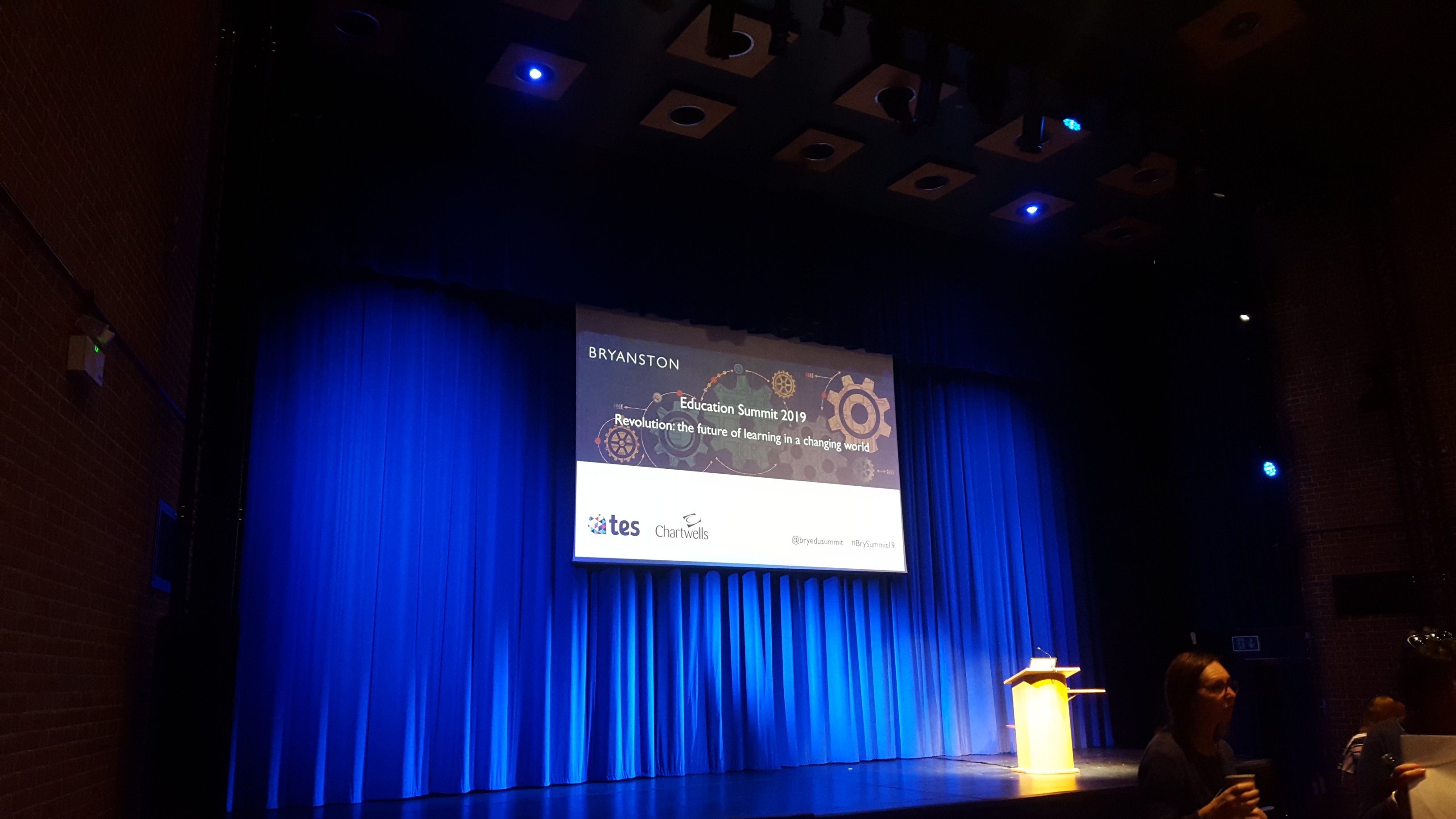
I have previously written in relation to the large number of support calls received by IT departments in schools especially towards the start of the new academic year. A significant portion of these calls relate to users forgetting how to do something using technology, with a number of these relating to what I would consider simple issues. Using Windows+P for example is a common solution to the common problem of computer displays not showing on classroom projectors, instead showing only on the desktop monitor. But should IT teams still need to deal with such simplistic issues in a world where Google can quickly serve up the answers?
Self Sufficiency vs. ease
I suspect one of the challenges here is simply ease. With a good IT support team, a simple issue can be quickly solved with an email or a phone call, with little effort on the part of the user. This ease of solutions, with every occurrence, reinforces that this approach is the easiest, most convenient and therefore the correct and preferable approach (for the user at least!).
A preferable solution viewed either from the long-term point of view or from that of busy IT support teams, is that users be able to fend for themselves, that they are willing and able to make use of Google to find solutions to their own problems. Again, if this was to become the common approach, it would eventually reinforce itself as the best approach. In doing so users would become more self-sufficient and resilient to issues, while IT support teams would be freed up to deal with the issues which are more technical in nature or cannot be solved through a simple Google search. This always reminds me of the teaching approach used in primary schools of “C3B4ME” or see 3 before me, which encourages students to ask friends, search the internet, read books, and generally consult 3 sources before approaching the teacher in relation to a problem or challenge.
Part of the challenge in the above may relate to the cognitively demanding nature of teaching. A teacher is considering content knowledge, pedagogical knowledge, the individual traits, and behaviours of each of their students, assessment (formative and summative), timekeeping and many more things in a lesson, so if the cognitive load can be reduced a little by fielding IT issues to IT support, I can see why this may occur.
Usability
I also think it’s important to acknowledge how system and app usability has changed over the years. When I first started using IT most products, including productivity software and even games, came with detailed instruction manuals. Now I will admit to not reading these and instead jumping straight it, which is how I suspect most people would have operated, but when you hit issues you had something to refer to as this was therefore you first port of call. These days more consideration has been given to usability making the learning curve for many apps shallower than it may have been in the past. Detailed instruction manuals are no longer provided as solutions are more “usable”. This seems like a good thing, so why do IT support teams still get so many calls?
The general perception of usability is correct in general terms, but when looking at specific solutions in schools it may not hold. So, a user might have been able to work out TikTok and Facebook on their own with no help but when they hit the schools management information systems (MIS) they struggle. The MIS is then saw as highly specialised, which to an extent it is, so this merits a call to IT support rather than a look at the help tools or a Google search.
What are IT Services for?
The other question I have in relation to this issue is, if users do become more self sufficient and solve more of their own problems, what does this mean IT Services teams will be doing? As I mentioned earlier, I believe they would simply be freed up to focus on more technical issues which can’t be easily solved through the support of Google. I also think the extra time available would also allow them to spend more time looking at how to better use technology, rather than simply repeating the same solutions to repeatedly occurring simple issues.
Conclusion
The challenge for IT teams of encouraging user self sufficiency while still being helpful and user focussed is an ongoing and long-term challenge. Human habit, ease and user confidence are all wrapped up in this, making the challenge very much a human rather than technological challenge. This is an important consideration and to me highlights the need to focus on a longer-term plan and the little day to day actions, including the potential to “nudge” behaviours towards the intended outcome of improving users technological self-sufficiency.
Ultimately IT teams in schools want to see technology used to maximum impact. I think developing user self-sufficiency in relation to technology, and likely user confidence as associated with self-sufficiency, will help us better achieve this.


 I recently attended the Bryanston Education Summit, with this being my third visit for what was the third annual education summit. As has been the case in previous years the weather smiled on the event. Having now had a little time to reflect I thought I would share my take away’s from the event.
I recently attended the Bryanston Education Summit, with this being my third visit for what was the third annual education summit. As has been the case in previous years the weather smiled on the event. Having now had a little time to reflect I thought I would share my take away’s from the event. As 2018 is now in full flow I thought it was about time that I filled my bookshelf at least with an initial set of books to read in the year ahead. As Naseem Taleb discusses in his book, The Black Swan, the intelligence of a person is not indicated by the books they have read in their library but by the books they are yet to read. He suggests the books yet to be read are an acceptance of what we are yet to learn as well as an intention to continue learning through reading. In this vain I aim to keep my bookshelf filled with the books I am yet to read.
As 2018 is now in full flow I thought it was about time that I filled my bookshelf at least with an initial set of books to read in the year ahead. As Naseem Taleb discusses in his book, The Black Swan, the intelligence of a person is not indicated by the books they have read in their library but by the books they are yet to read. He suggests the books yet to be read are an acceptance of what we are yet to learn as well as an intention to continue learning through reading. In this vain I aim to keep my bookshelf filled with the books I am yet to read.


